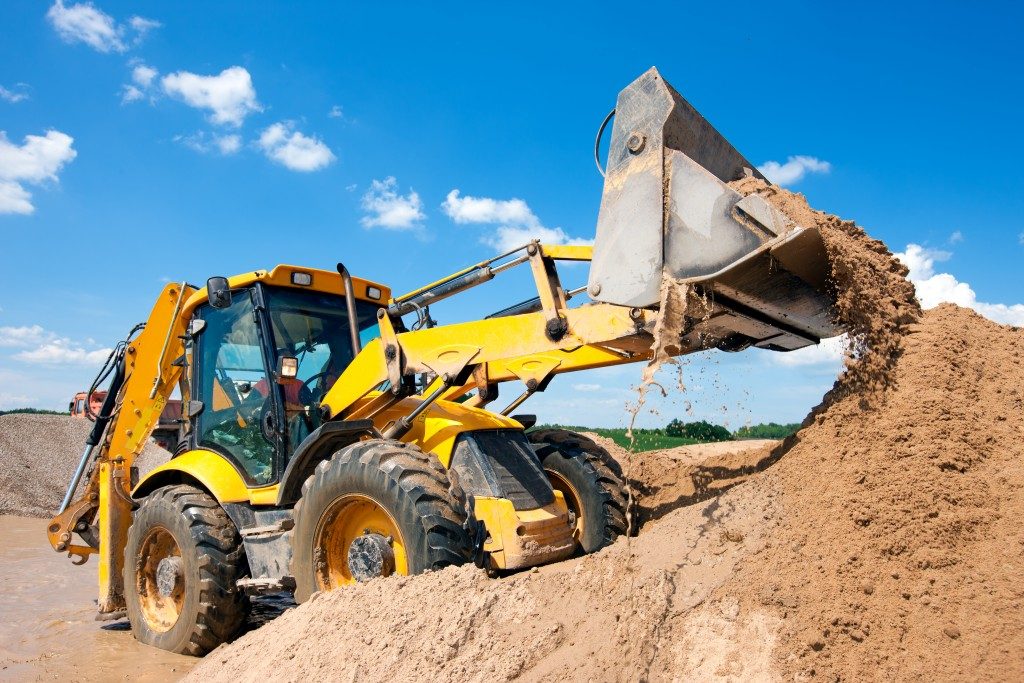Look anywhere in a city and whichever building your eyes land on, you’re sure that heavy construction equipment was used to build that structure. If you’re an owner of a construction company or are looking to expand your small firm, you may need to invest in heavy equipment.
To solidify your decision, read on and learn why the transition could be necessary and when you should buy or rent equipment.
Heavy Equipment or Manual Labor
Manual labor is the foundation of all construction efforts—of that, there is no question. Without the hard work of laborers, artisans, earth movers, and other workers, early men would not have completed palaces, extravagant tombs, and other legendary structures. But even then, workers used simple machines and elaborate constructions to help them move materials and turn over large amounts of earth.
Heavy construction and earth moving equipment are the modern counterparts of those machines. Aside from the obvious improvement in reliability and quality of resulting constructions, heavy equipment completes projects with better efficiency. Time and budget-friendly, heavy equipment can also improve the safety of workers in a construction site.
Types of Heavy Equipment

A number of heavy construction equipment exists for as many jobs as they are needed. Some of the more common types include articulated trucks, asphalt pavers, backhoe loaders, compact track and multi-terrain loaders, dozers, and excavators. Articulated trucks, backhoe loaders, and excavators, in particular, are quite useful.
Known as “next-level dump trucks,” articulated trucks are near-effortless to move around a project site. These trucks are meant to carry heavy loads with the maneuverability of a tractor and articulation of a trailer truck, thanks to the pivot points connecting the cab and the trailer.
The main function of a backhoe loader is to be a backhoe, but it also has the functionality of a loader and a tractor. Skate and track systems help backhoe loaders load dirt and supplies across construction sites, while its capability as a tractor makes it easier to maneuver around unpaved roads.
Excavators are related to backhoe loaders, but unlike their versatile cousin, this equipment is larger and used for heavier jobs. Used to dig, lift, landscape, and demolish, excavators can twist around completely and be used to create trenches and move heavy items.
Buying or Renting
Construction firms need to keep the tightest budget as possible when bidding for jobs, and buying or renting heavy equipment can spell the difference between getting shortlisted and outbidding the competition. Buying or renting confer different benefits to a firm, and it is up to the owners to decide which option is best for them.
Buying heavy equipment is cost-effective, especially if you buy machinery that will be used more than 65 percent of the time. Tax benefits are also available from owned equipment, which may also be treated as assets. Joint ownership can also reduce the payable amount for two smaller construction firms.
Renting is the best option for firms that will only need the equipment for a certain job. The cost of rental equipment is also deductible due to their state as business expenses. Starting construction firms will find it beneficial to rent than to own in their first few years.
With construction projects getting bigger, it’s ideal to keep your company equipped with the best equipment and workers you can get. A combination of equipment that can last for years, workers who know the ins-and-outs of construction, and a steady stream of projects can keep a firm afloat even in tough economic times.

